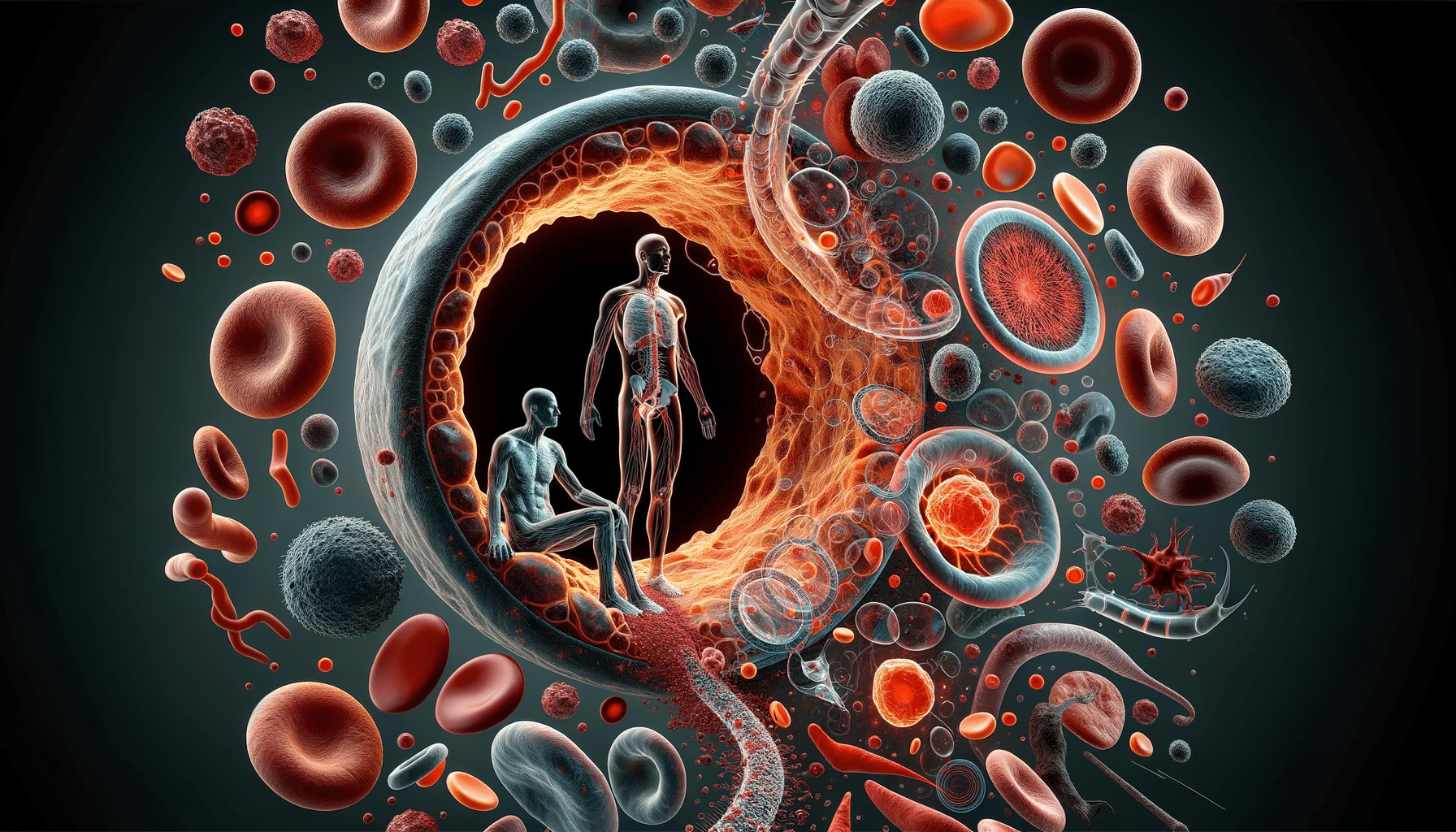
Signs Of Multiple Myeloma: What To Know
Introduction to Multiple Myeloma
Multiple Myeloma is a type of cancer that affects plasma cells, a crucial component of the blood’s immune response. Understanding its signs and symptoms is vital for early detection and effective treatment. Plasma cells, found in the bone marrow, are responsible for producing antibodies that help fight infections. When these cells become cancerous, they can lead to a range of health issues, making it essential to recognize the early signs of Multiple Myeloma.
Early detection can significantly impact the management and outcome of the disease. Although it primarily affects older adults, awareness across all age groups is beneficial. This article aims to provide comprehensive insights into the signs of Multiple Myeloma, helping readers understand what to look out for and when to seek medical advice.
Common Symptoms of Multiple Myeloma
Multiple Myeloma symptoms can vary widely among individuals, often making diagnosis challenging. However, there are several common signs that may indicate the presence of this condition:
- Bone Pain: Persistent pain, especially in the back or ribs, is a frequent symptom due to the impact of cancerous cells on the bone structure.
- Fatigue: A general feeling of tiredness or weakness can result from anemia, a condition often associated with Multiple Myeloma.
- Frequent Infections: As the disease affects the immune system, individuals may experience recurrent infections.
- Unexplained Weight Loss: Sudden and unexplained weight loss can be a warning sign of underlying health issues, including cancer.
Recognizing these symptoms early can lead to timely medical intervention, which is crucial in managing the disease effectively. If you or someone you know experiences these symptoms persistently, consulting a healthcare professional is recommended.
Diagnosis and Tests for Multiple Myeloma
Diagnosing Multiple Myeloma involves a series of tests and examinations to confirm the presence of cancerous plasma cells. Healthcare providers typically begin with a thorough medical history and physical examination, followed by specific diagnostic tests:
- Blood Tests: These tests check for abnormal levels of proteins, calcium, and blood cells, which can indicate Multiple Myeloma.
- Urine Tests: Urine analysis may reveal proteins produced by myeloma cells, aiding in diagnosis.
- Bone Marrow Biopsy: A sample of bone marrow is examined to detect cancerous plasma cells.
- Imaging Tests: X-rays, MRIs, or CT scans help assess bone damage and locate myeloma cells.
These diagnostic tools, combined with clinical evaluation, provide a comprehensive understanding of the disease’s extent and progression, guiding treatment decisions.
Treatment Options for Multiple Myeloma
Treatment for Multiple Myeloma is tailored to the individual, considering factors such as age, health status, and disease stage. Common treatment options include:
- Targeted Therapy: These drugs specifically target cancer cells, sparing healthy cells and reducing side effects.
- Chemotherapy: Traditional chemotherapy drugs are used to kill rapidly dividing cancer cells.
- Stem Cell Transplant: This procedure involves replacing diseased bone marrow with healthy stem cells to regenerate normal blood cells.
- Radiation Therapy: High-energy rays are used to target and destroy cancer cells in specific areas.
Each treatment option has its benefits and potential side effects, and a healthcare team will work with patients to determine the most suitable approach. Advances in medical research continue to improve outcomes for those with Multiple Myeloma, offering hope for better management and quality of life.
Living with Multiple Myeloma
Living with Multiple Myeloma presents challenges, but with the right support and resources, individuals can maintain a good quality of life. Here are some considerations for managing the disease:
- Regular Monitoring: Ongoing medical check-ups are essential to track disease progression and adjust treatment plans as needed.
- Healthy Lifestyle: A balanced diet, regular exercise, and adequate rest can help manage symptoms and improve overall well-being.
- Support Systems: Engaging with support groups and counseling services can provide emotional support and practical advice.
- Education and Advocacy: Staying informed about the disease and advocating for oneself in medical settings ensures that patients receive the care they need.
By taking an active role in their health care, individuals with Multiple Myeloma can navigate the complexities of the disease more effectively, fostering resilience and empowerment.


